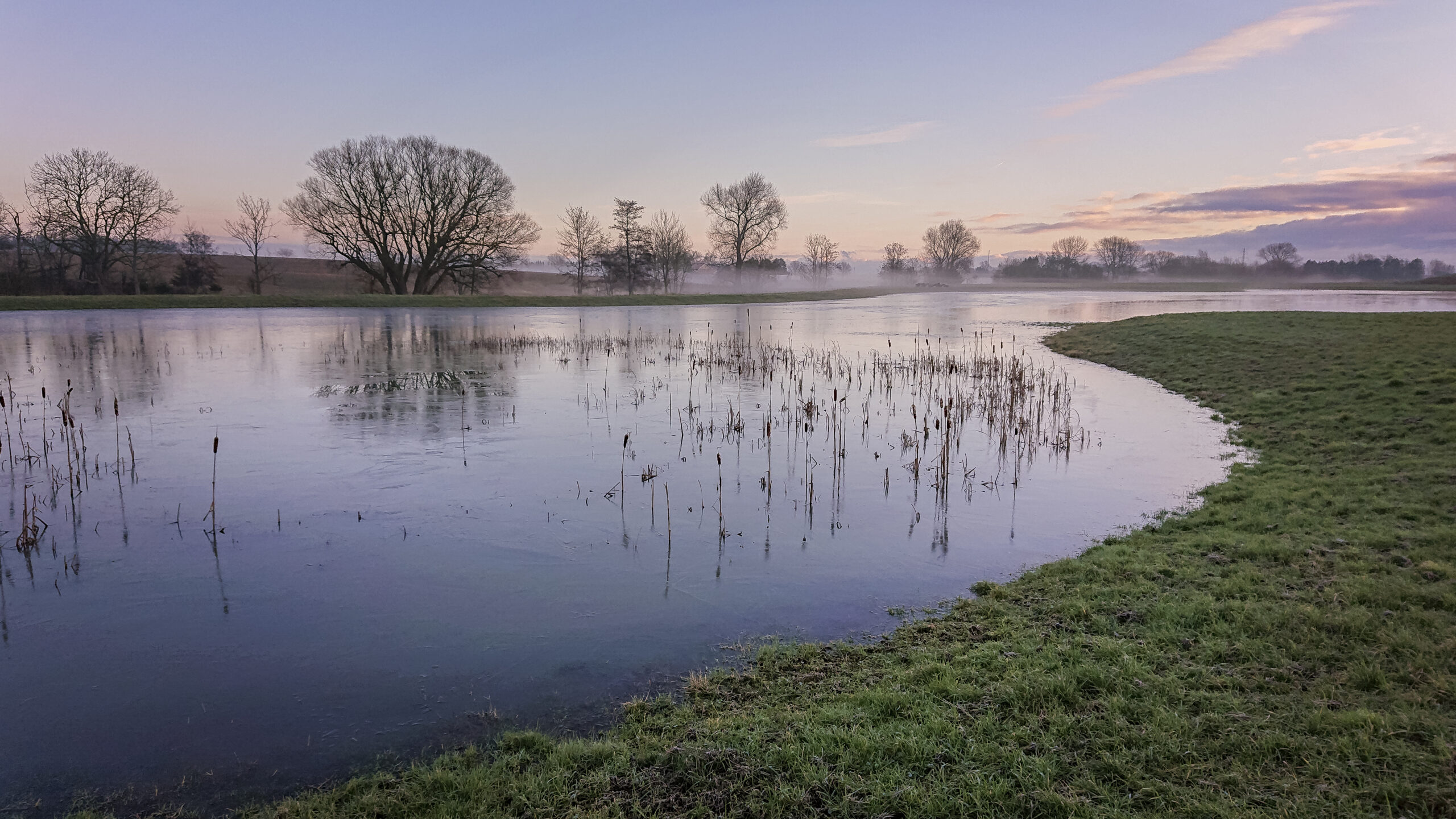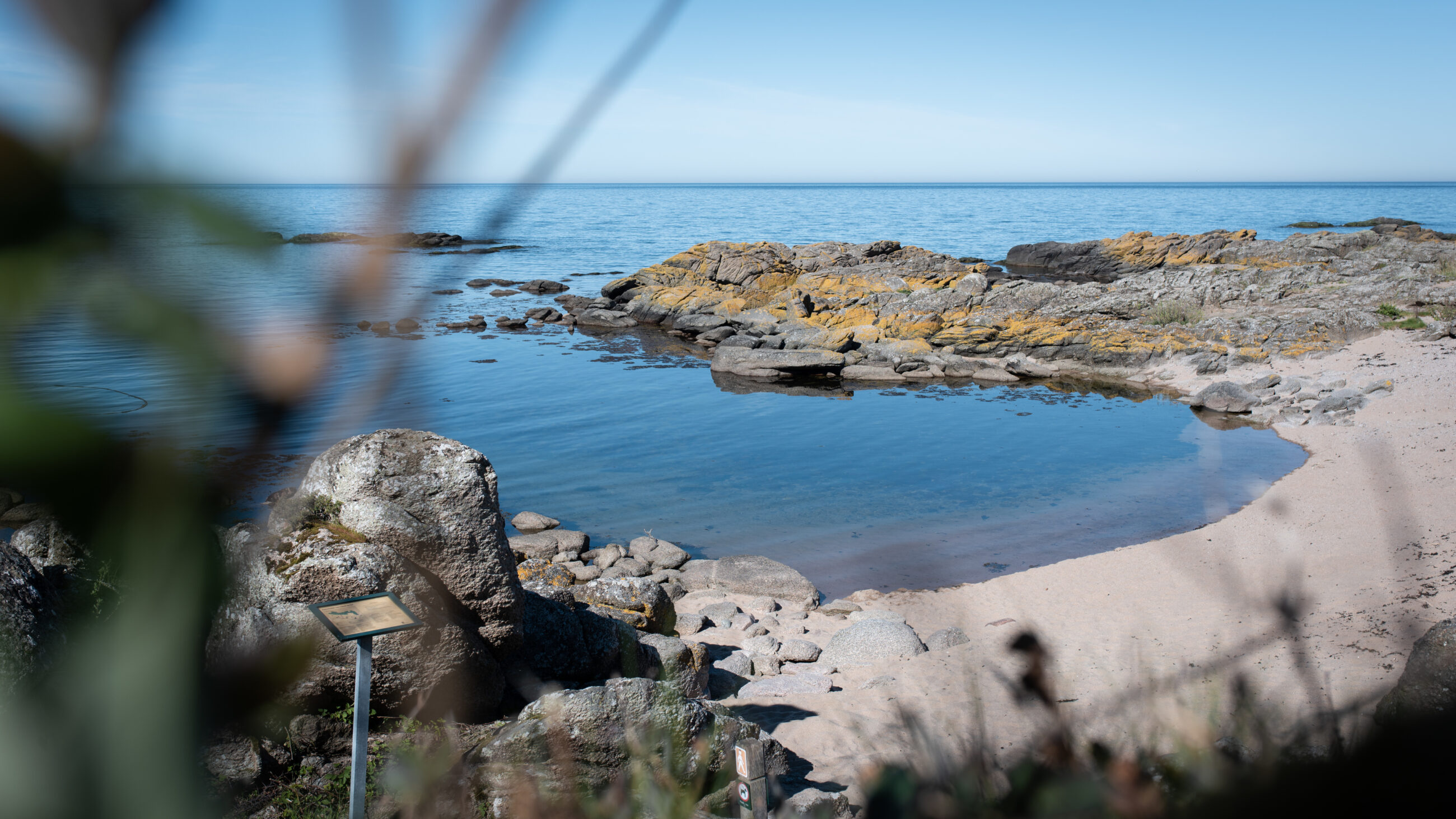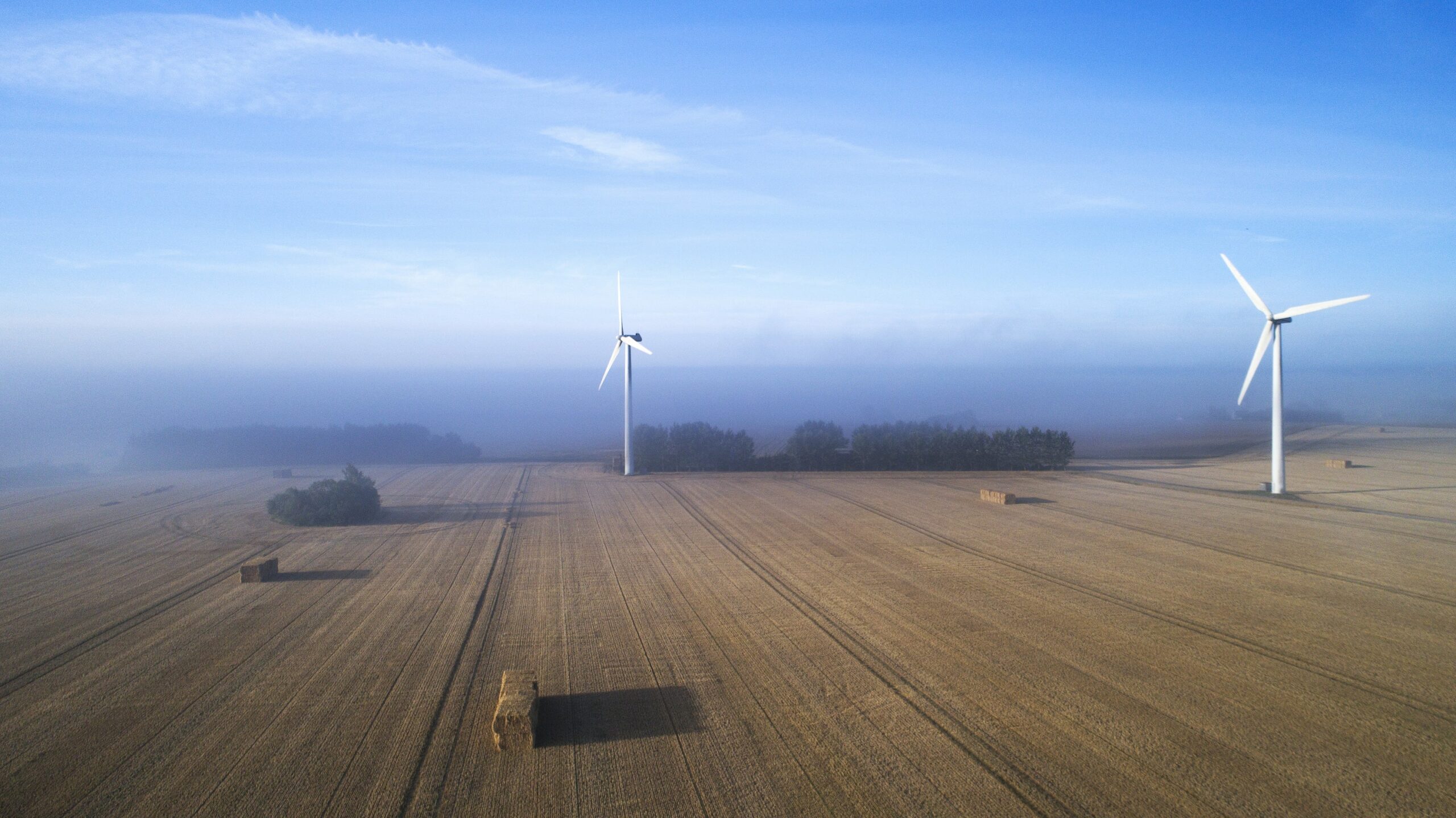News
Recycling of waste to material
Resource efficient production
Waste policy and planning
Waste-To-Energy Prices Indicate a Thriving Sector


At the 26 Danish waste-to-energy plants, there is almost full capacity utilisation, which means that the price for utilising one tonne waste into energy has decreased by approximately 10 % since 2010. During the same period, the production of district heating and electricity by waste-to-energy plants has increased by respectively 11% and 1%.
These are the preliminary conclusions in the annual analysis of Danish waste-to-energy plants, which has been drawn up by the Danish Energy Agency with the assistance of the Danish Waste Association.
- Related News: Danes Turn Whiskey into Energy
- While the complete benchmark report is not publicly available yet, it has already shown signs of a thriving sector with a strong focus on both economy and the environment, says the CEO of Danish Waste Association, Jacob Hartvig Simonsen.
Cheap Energy and More Recycling
At the same time as the efficiency of the Danish waste-to-energy plants has increased, the municipalities have started to recycle a much greater portion of waste.
- The waste sector is in the process of a historic transformation towards a circular economy and more reutilisation. Despite of this, the prices for energy utilisation of waste have been reduced by 10%. This bears witness of an efficient and innovative sector that knows how to show its strengths while continuing to evolve. We are determined to continue this progress, says Jacob Hartvig Simonsen.
- Related News: Improving Transport of Waste Across Europe
In terms of heat production, the waste-to-energy plants are considered to be among the absolute cheapest sources of district heating in Denmark. That is evident from the figures in the latest tax and subsidy analysis within the energy field. Overall, the waste-to-energy plants produce approx. 25% of the district heating in Denmark.
In addition, recycling of household waste has increased from 39 % in 2012 to 44 % in 2014.
Facts:
Why is there a difference in prices? There are different prices for utilising energy from waste depending on the location of the plant. This is due to many factors, such as:
- The age of the plant
- The depreciation allowance of loans for e.g. renovation
- The number of consumers the heat and electricity can be sold to
- Environmental improvements
- Number of operating hours per year
Overall, 98.9 % of all residual waste in Denmark is utilised at a cost of approx. DKK 300-650 per tonne waste – excluding energy and environmental taxes.
The last 1.1 % of the energy is utilised at a higher price at two very small plants;the waste-to-energy plant on Bornholm and in Hobro.
The plant on Bornholm is located on an island, which means it is subject to special conditions. The Minister of Energy, Utilities and Climate, Lars Chr. Lilleholt acknowledges this in his proposal for a competitive expulsion of the sector, where plants located on islands with no bridge connections are excluded.
The plant in Hobro is due to close from December 31, 2017.
You should consider reading
publications
Resource efficient production
+15















